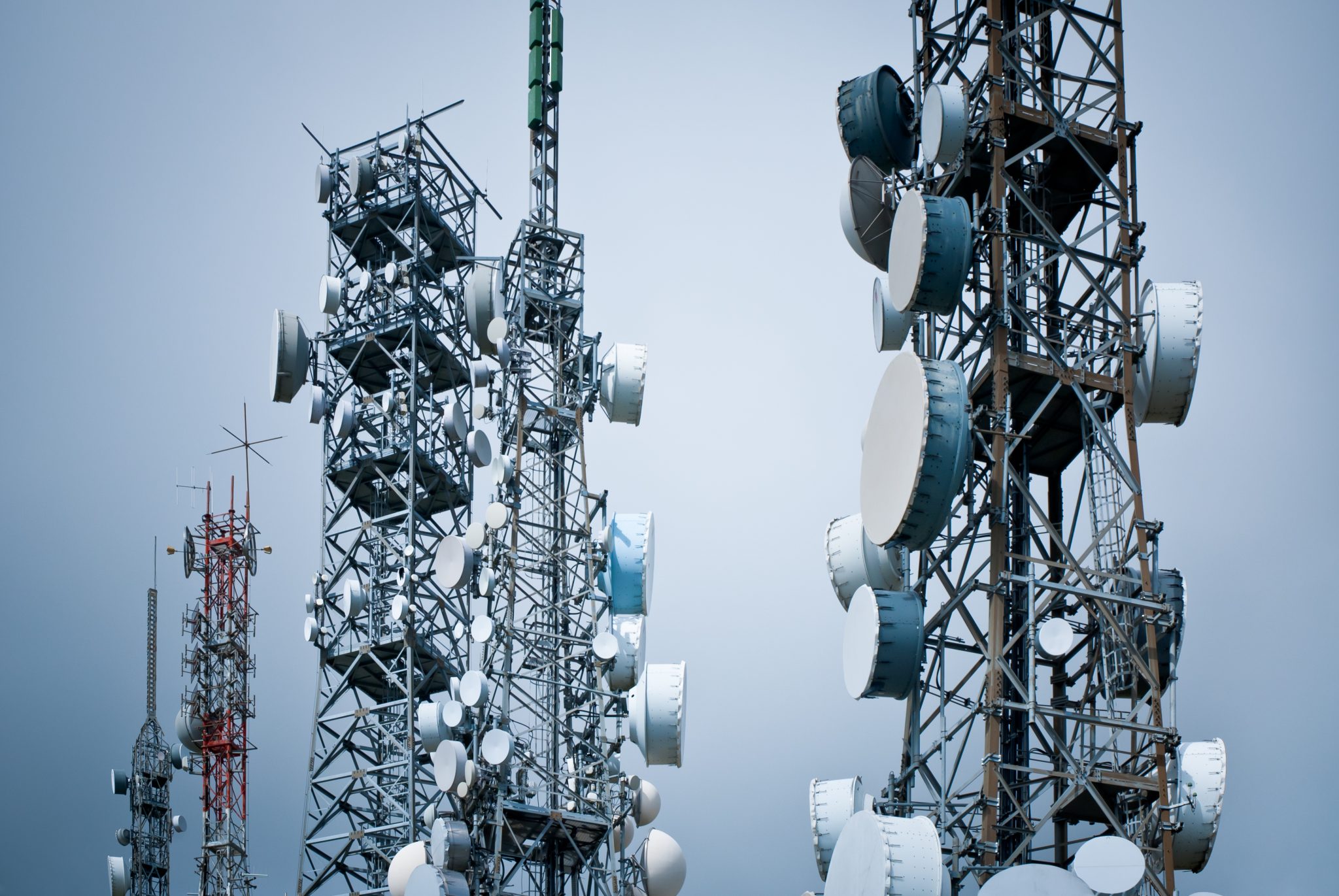If you've ever been through a town, you may have seen tiny mini 5G cell towers placed on poles for street lighting. They look like small boxes however, they're actually transmitting wireless signals from cell phone providers to your phone.
These smaller towers are replacing larger built cell towers. Although they're not as visible but they can still cause problems for people.
The of the FCC's Radiation Exposure Thresholds
The FCC's Radiation Exposure Thresholds establish the maximum amount of time an individual can be exposed to electromagnetic energy generated by wireless devices. The limits for exposure are based on research that show that RF energy can cause harm to health.
The rate of absorption called the specific absorption rate (SAR) is an indication of the radiofrequency energy absorption by tissues. It's usually 1.6 Watts per kilogram averaged over one kilogram of tissue.
But, since 5g operates at higher frequencies and has the potential to cause greater energy intensity on the skin and other exposed body areas. This can result in a wide range of potential problems, including an increased appearance of skin disorders like dermatitis, cancer of the skin and cataracts.
Due to the possible negative effects of 5G radiation, PSU has chosen to establish a general, localized power density limit of 4 mW/cm2 based on the average on 1cm2, and not exceeding 30 minutes for the entire 5G spectrum at 3000 GHz. This localized limit is consistent with the maximum SAR that is spatially averaged at 1.6 W/kg, averaged over one grams of tissues at six GHz.
The FCC's Maximum Exposure Thresholds for Maximum Exposure
Have you ever used a mobile phone, you probably know that the safest range from the tower should be at least 400 meters away. This is because the power of transmission from a cell tower increases dramatically the farther the tower is.
While this sounds like an ideal idea but the truth is that people living in close proximity to towers might be more susceptible to health problems. For safe distance from cell tower , a 2014 study in India found that residents who lived within 50m of cell towers had significantly more health complaints than those living further distance from them.

However, this study also showed that residents who moved into areas farther away from cell towers experienced their symptoms improve within a couple of days. Studies have also shown that exposure to high amounts of electromagnetic field radiofrequency (EMFs) can lead to cancer, brain tumors as well as other health issues.
This is due to the fact that the RF radiation used in wireless communication can be absorbed by the body's outer layer, called the skin. This is important to understand because the skin serves as a shield against mechanical injury, infection from pathogenic microorganisms, as well as infiltration of toxic substances. It is also the most important organ in the human body. It is responsible for protecting other organs.
The FCC's Minimum Exposure Thresholds for the Minimum Exposure
The FCC's Minimum Exposure Thresholds rely on numerous assumptions that are not supported by scientific research. This includes the false assumption that short-term exposures to RF radiation are safe because of the minimal radiation penetration in the human body (i.e. thermal heating of tissue).
This assumption does not take into account the greater penetration of ELF parts of the modulated RF signal as well as the consequences of short bursts of heat caused by RF pulses. These assumptions are not in line with the current understanding of biological consequences of RF radiation. Therefore, they should not be relied upon for health-protection exposure standards.
Furthermore, safe distance from cell tower and FCC restrict their maximum exposure limits to local peak SARs that are based on the maximum spatial specific absorption rate (psSAR), which can be described as an inadequate dosimetric tool for determining the level of exposure to radiofrequency radiation. Particularly the psSAR tool is not accurate when frequencies exceed 6 GHz. Additionally, psSAR hasn't been tested for RF radiation that is exposed to other agents of the environment such as sunlight. In the event of interactions, RF radiations with different environmental agents may cause synergistic or antagonistic impacts. safe distance to live from cell phone tower can lead to the risk of having adverse health effects. For example, exposure to RF radiation with sunlight may cause an increase in the incidence of skin cancer and exacerbate other skin diseases such as acne.
